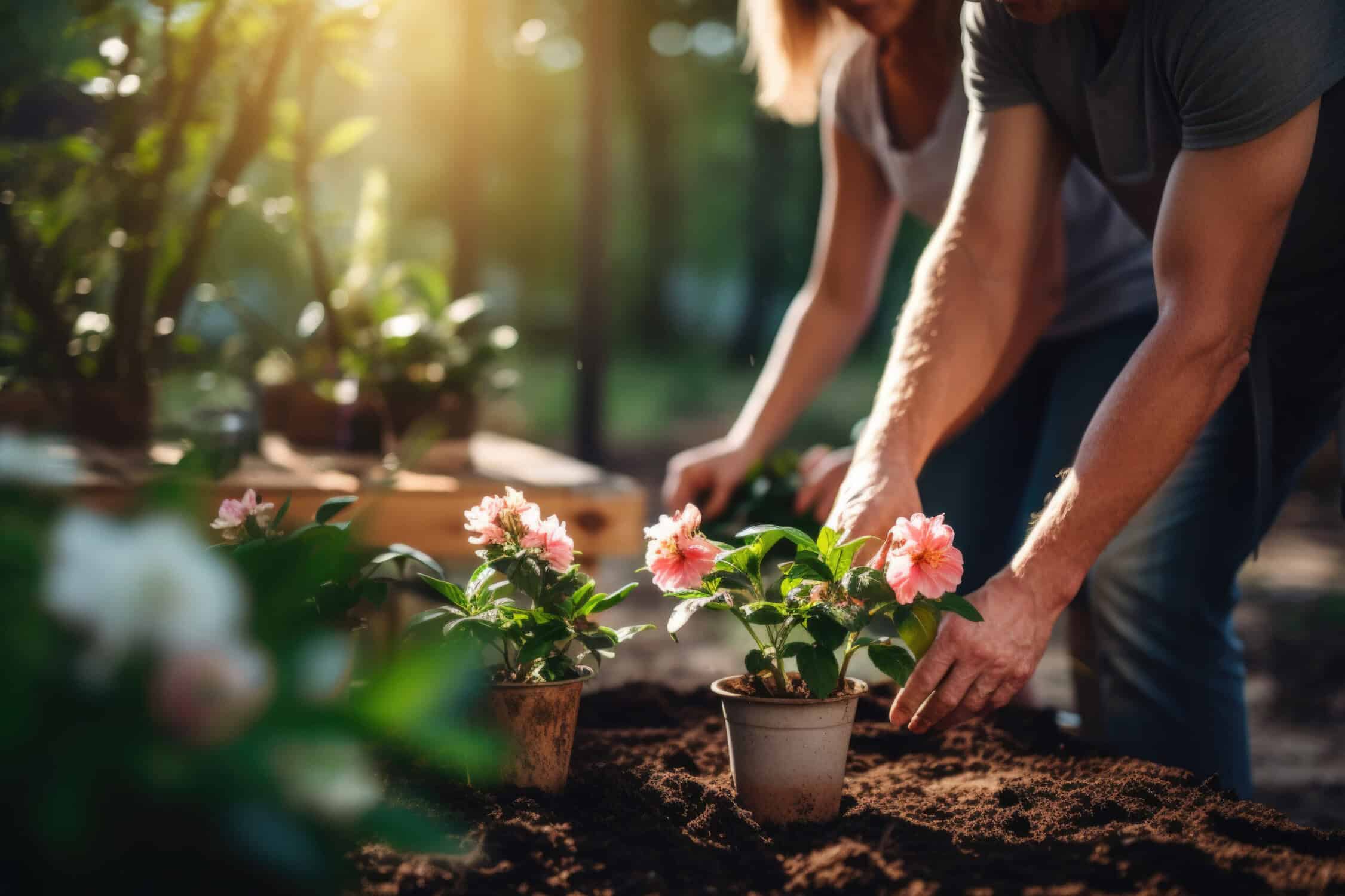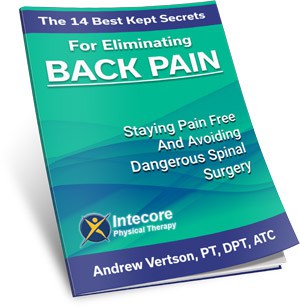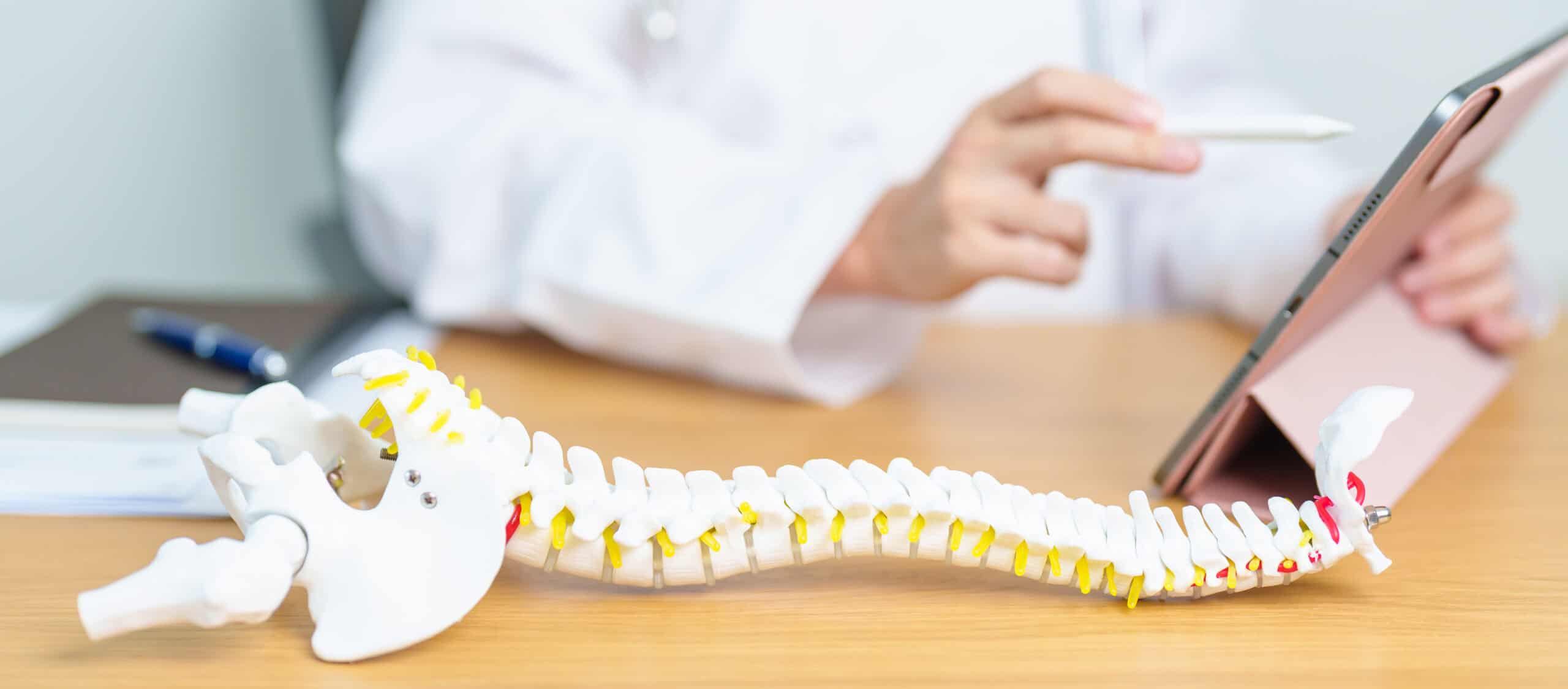
Last summer, one of my patients, Mary, was excited to spend her afternoons in her garden. She loved planting new flowers and tending to her vegetable patch. However, after a few weeks, she started experiencing severe back pain that made it difficult for her to continue her favorite hobby. Mary was frustrated and worried she might have to give up gardening altogether.
Gardening involves a lot of bending, lifting, and reaching, which can take a toll on your back if you’re not careful. But don’t worry; you don’t have to give up your green thumb to avoid back pain. In this blog, I’ll share ten practical tips to help you manage and prevent back pain while gardening this summer.
By following these tips, you can enjoy your time in the garden without straining your back. Let’s dive in!
More Posts Like This From Intecore Physical Therapy:
Six Common Misconceptions of Low Back Pain
5 Sciatica-Friendly Travel Tips for Your Summer Vacation
Experience Lasting Relief: 5 Proven Strategies for Lower Back and Hip Pain
Table of Contents
1. Warm Up Before You Start
Just like any physical activity, gardening can strain your muscles if you don’t warm up first. It’s essential to prepare your body for the physical demands of gardening to prevent injuries and reduce muscle soreness.
Tip: Spend 5-10 minutes doing light stretches or a short walk to get your blood flowing and muscles ready. Focus on stretching your back, shoulders, and legs to ensure you’re limber and ready to garden. A few simple stretches can make all the difference in keeping your back pain-free.
2. Use Proper Lifting Techniques
One of the most common causes of back injuries while gardening is lifting heavy pots, bags of soil, or garden equipment incorrectly as this can put a lot of strain on your back!
Tip: Bend at your knees, not your waist, and use your leg muscles to lift heavy objects. Keep the object close to your body to maintain balance and reduce the strain on your back. This technique helps distribute the weight more evenly and prevents unnecessary pressure on your spine.
3. Invest in Ergonomic Tools
Using the right tools can make a big difference in reducing strain on your back. Ergonomic gardening tools are designed to minimize discomfort and make gardening tasks easier and more comfortable.
Tip: Choose tools with long handles to avoid bending and those with comfortable grips to reduce hand and wrist strain. Look for lightweight tools that are easy to handle and won’t tire you out quickly.
4. Take Regular Breaks
Overworking can lead to muscle fatigue and increased back pain, and continuous gardening without breaks can strain your muscles and make you more susceptible to injuries.
Tip: Take a break every 20-30 minutes. Stand up, stretch, and walk around to keep your muscles from getting too stiff. Regular breaks help prevent fatigue and allow your muscles to recover, making your gardening sessions more enjoyable and pain-free.
5. Use Raised Beds or Planters
Raised beds reduce the need to bend over, making gardening easier on your back. They bring the garden to a more comfortable height, allowing you to work without straining your back.
Tip: Consider using raised beds or planters to bring your garden to a more comfortable height. This setup allows you to maintain a more upright posture, reducing the risk of back pain and making gardening more enjoyable.
6. Maintain Good Posture
Poor posture while gardening can contribute to back pain. Maintaining proper alignment can prevent strain and reduce discomfort.
Tip: Be mindful of your posture while gardening. Keep your back straight and avoid hunching over for long periods. Try to engage your core muscles to support your spine. Good posture helps distribute the workload more evenly across your body and reduces the risk of back pain.
7. Sit on a Stool or Kneeling Pad
Sitting or kneeling can reduce strain on your back by allowing you to work at ground level comfortably.
Tip: Use a garden stool or kneeling pad to work at ground level. This helps distribute your weight and reduces pressure on your lower back. It also provides cushioning for your knees which makes gardening more comfortable.
8. Stretch During and After Gardening
Regular stretching can help keep your muscles flexible and reduce pain, making gardening more comfortable.
Tip: Incorporate stretching breaks into your gardening routine and do some gentle stretches afterward to prevent stiffness. Focus on stretching your back, shoulders, and legs to keep your muscles limber and reduce the risk of pain.
9. Stay Hydrated
Dehydration can increase muscle cramps and discomfort. Staying hydrated is essential for maintaining muscle function and preventing pain.
Tip: Keep a water bottle handy and drink regularly, especially on hot summer days. Even better, make your favorite electrolyte drink!
10. Listen to Your Body
It’s important to pay attention to your body’s signals as ignoring pain can lead to more serious injuries.
Tip: If you feel pain, stop what you’re doing and rest. Don’t push through discomfort. Taking breaks and addressing pain early can prevent more serious injuries and keep you gardening comfortably throughout the summer.
Need Some Help With Physical Therapy For Back Pain?
If you’ve got back pain that’s stopping you from doing what you enjoy – we’re here to help you get relief.
Simply call: 949-597-2103 or fill out our quick form and tell us what’s going on. Click here to fill out the form.
If you’re not ready to speak on the phone, we get it! That’s why we have created this FREE back pain tips report, click here to download it.

- 5 Simple Knee Strengthening Exercises to Reduce Pain - August 18, 2024
- 5 Essential Tips to Keep Your Child’s Backpack from Causing Back Pain - August 4, 2024
- What Does a Herniated Disc Feel Like? 5 Signs You Shouldn’t Ignore - July 28, 2024














